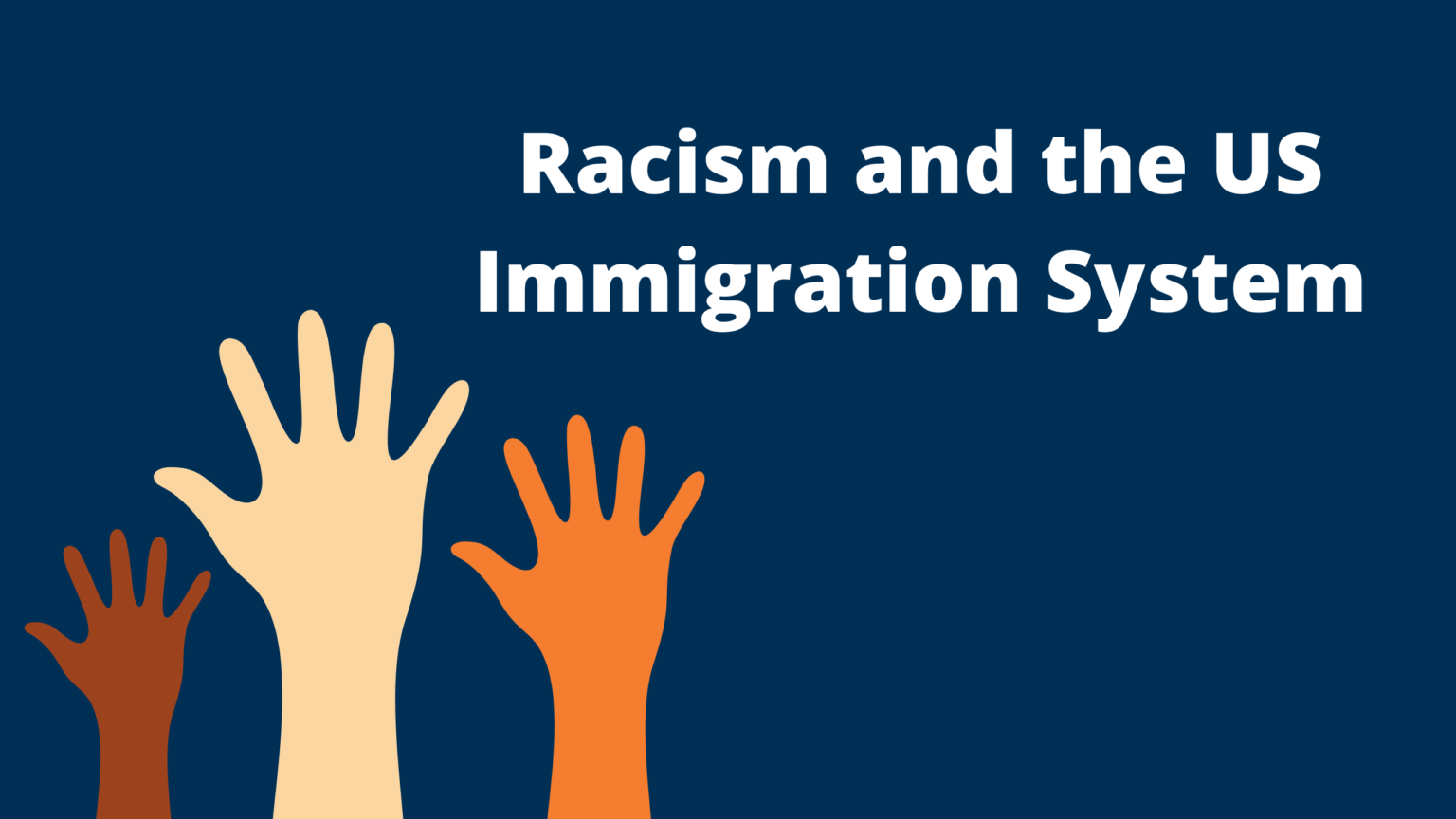

As of today, however, due to political polarization, it seems unlikely that the House will pass the bill, despite its potential benefits for the U.S. immigration system and deals with the problem of undocumented immigrants. It addresses most of the relevant issues plaguing the U.S. Still, it could become the most important piece of legislation on immigration of the last 50 years. Senate seemed set to change all that, by passing Senate Bill 744, the “Border Security, Economic Opportunity, and Immigration Modernization Act.” The bill is the result of compromise, and is therefore imperfect. Attracted by employment, but unable to secure a legal permit, 11 million people work and have set down roots in the United States, despite great uncertainty and little protection. The misalignment between restrictive laws and economic incentives has also caused the population of undocumented immigrants to expand rapidly. These laws have substantially limited immigration for work-related reasons, both among the highly educated (scientists and engineers) and the less educated (construction, agricultural, and personal service workers). immigration laws remain outdated, cumbersome, and rather restrictive. While immigration flows, if managed efficiently and flexibly, would bring strong opportunities for economic growth, U.S. Moreover, according to Gallup World Polls, there are about 150 million more people who say that they would migrate to the United States (from every country on the planet) if they had the opportunity. With its 41 million immigrants, the United States is by far the largest magnet for international migrants. Young, motivated, and often highly educated people are on the move, and many of them would like to come to the United States. While the “Immigration and Nationality Act” of 1965 abolished national quotas and allowed the flow of immigrants to resume, it has only been during the last 30 years that the mobility of the world’s people has increased significantly. That wave of immigration was ended by the very restrictive immigration laws passed in 1929.

During the last decades of the 19 th century, immigrants contributed substantially, providing labor for the industrialization and electrification of the country. Make sure the freight invoice has special instruction for delivery through the FPS facility to final destination.Immigration has always been a formidable engine of economic and demographic growth for the United States. Delivery vehicles will also be subjected to explosive detection dogs at the Government's discretion. The VIF is located at 300 12th Street Southwest on the corner of 12th & C Street Southwest Washington, D.C. The VIF is also available from 5:00 am to 1:00 pm on Saturdays. The VIF is available for inspection of vehicles carrying DHS freight between the hours of 5:00 am to 5:00 pm daily M-F. All commercial delivery services such as FEDEX, UPS, DHL, are not permitted to make deliveries directly to ICE-HQ Facilities located in Washington, D.C.
US INMIGRATION CENTER DRIVER
In instances where there are multiple DHS-HQ destinations for one vehicle, the driver will be issued multiple seals at the VIF. All HAZMAT vehicles must be processed through the VIF. or Arlington are required to undergo security inspections at the Federal Protective Service (FPS) Vehicle Inspection Facility (VIF) prior to making a freight delivery.įreight delivery vehicles must arrive at each destination with a FPS seal attached. Vehicles transporting freight destined for ICE Headquarters (HQ) Facilities in Washington, D.C.


 0 kommentar(er)
0 kommentar(er)
